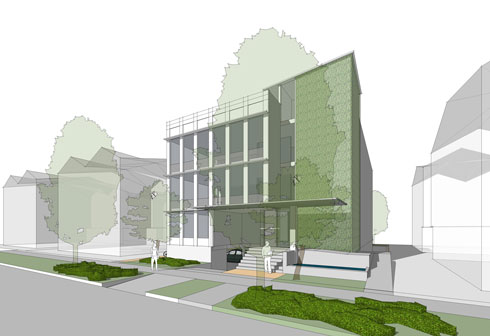 In the last month, the City Council paid 3 groups to study the new MF code and flesh out some likely outcomes (good and bad) and propose revisions to the code. It is a complex issue--the code revision itself is about 277 pages--and no doubt the Council were daunted by the prospect of interpreting the impact. It took me two evenings just to get through the entire code and I am still not sure I've got a handle on all the ins and outs.
In the last month, the City Council paid 3 groups to study the new MF code and flesh out some likely outcomes (good and bad) and propose revisions to the code. It is a complex issue--the code revision itself is about 277 pages--and no doubt the Council were daunted by the prospect of interpreting the impact. It took me two evenings just to get through the entire code and I am still not sure I've got a handle on all the ins and outs.
The three groups were the Masterbuilders Association, the Congress of Residential Architects, and Group Three (composed of unaffiliated concerned citizens). Each group were paid 5k for their work (our fee went to CORA--not to the 8 individual participants).  Here are my impressions from the three groups:
MBA
The MBA group, lead by Arg Consulting and Pb Elemental focused on fee simple townhomes, 1200 sf-1600sf each, on both the L1 and L3 sites. One gable style, one flat roof style option for each site given in the program. The schemes prioritized surface parking (I think one scheme had garages). The site designs either a central surface parking lot, accessed along a longitudinal drive or perpendicular parking off an alley. The reduction in setbacks meant the building volumes were spread to the site edges. These would be cheap to build--fee simple boxes, surface parking, no cantilevers--and therefore probably the most likely to get built under the new code. Which is depressing, when you extrapolate it to the scale of the city.
The other remarkable thing is that the MBA group left development capacity on the table in order to have straight forward rectangles. The most dense scheme had 6 units (on 7200 sf= 1200 sf per unit) well below the 800 sf per unit allowable now. It seems hard to believe that developers best use of the lot is solely dictated by construction simplicity. My back of the envelop calculation would put the FAR between 1 and 1.34 (6 units X 1200 or 1600 sf per = between 7200 sf and 9600sf divided by 7200 sf lot), less than the 1.4 allowed. The outcome of the MBA exploration is big units, minimal density, and pushed to the property lines so there is enough space to have cheap surface parking. That isn't to say that all the other groups' schemes made economic sense, but if this is their best option, the proposed mandatory design review has to have some more bite, because we'll definitely be seeing these bland site plans again all over town.
CORA:
The second presenter, the Congress of Residential Architects, had a lot of diversity in both type, density, good and bad. CORA explored ground related townhouses, high density apartments, even row houses. We tried to find the limits, loopholes and boy did we create some code compliant cringe-worthy options, as well as some good options that would require departures. David Neiman and Bradley Khouri deserve praise for herding the cats.  Here is a little conclusion that David Neiman wrote:
"There are certainly some problems with loopholes & some flawed gating mechanisms that we identified. The bad news is that our bad schemes are even worse than what you can do today. The good news, however, is that the culprits aren't very hard to find, and they aren't hard to fix. Overall, we remain strong supporters of the Multi-Family Update. It just needs some work under the hood.
Code changes recommended to make bad schemes better:
1. Above 1.1 FAR, the wheels start to come off the cart for most ground based housing schemes. At 1.4 FAR most ground based housing schemes are a disaster. We need to revisit allowable FAR & use it as a tool to reward desirable features & outcomes. For small-lot ground-based housing, FAR needs to be kept relatively low. For structured parking solutions, large lots, and projects that undergo full design review, higher FAR is appropriate. See executive summary.
2.  The residential amenities requirement is far too permissive – it reduces open space to an afterthought. It's not hard to correct. The requirements just need to be dialed up to be more significant. See executive summary for proposal.
Code changes recommended to make good outcomes into better outcomes:
1. Â Â Lift the density limits to allow diverse unit types, sizes, affordability levels.
2. Â Â Return to a 30' base height limit for all L-zones w/ a 4' height bonus in L3 for structured parking.
3.   Encourage basements by exempting them from FAR – you get a privacy grade break & create opportunities for inexpensive rental flats.
4.  Green factor. If it were working, it would incentivize open space, privacy screening, tree planting & permeability. It does none of those things; it simply covers your land in shrubs & your walls in vines.
5. Â See executive summary for more."
There will be more information and a pdf of our work forthcoming.
Group Three:
Because this post is getting long, I am going to rapidly summarize the Group 3: Lots of double lot schemes, and generally trying to put a bad face on each. I am not sure if anything they put up there would be something they'd like to see built. There was a preposterous presentation of anecdotal evidence that when houses are closer than15' to the sidewalk that window blinds are always closed, and it emotes an unsafe neighborhood, therefore the front yard setbacks must be 15' feet. One merely has to walk around any neighborhood to see front blinds drawn--it is not a function of distance to sidewalk. There was a recurring complaint that street trees weren't provided or required and that more of the green factor elements would die or get removed (I envisioned a truck with mobile planters with trees being carted from one property to another to fulfill Green Factor, get the final inspection, then on to the next development). I actually agree with this--by setting the level of Green Factor too high, they will be pushing unsustainable planting (one of their schemes had a vegetable garden at the bottom of a four story light well).  And they ground the axe of allowing developers to subdivide properties to take advantage of the rounding up allowed by unit density rules. The presentation was a pretty cynical take on the new code.
If you have questions, or comments, I'd love to hear about them!
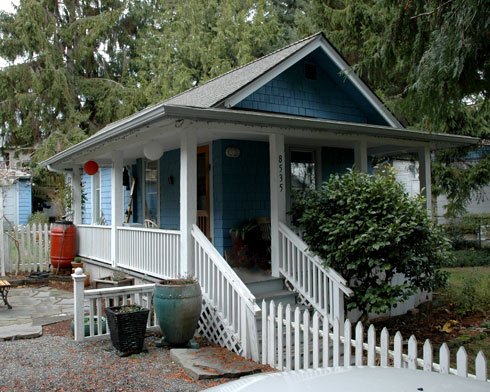 Greenwood resident Kate Lichtenstein contacted us last spring to help her design a backyard studio / guest house for her modest 650 square foot 1920's one bedroom home (shown above). While the home's scale fits nicely with Kate's desire to have a simple and ecologically responsible lifestyle it falls a little short when it comes to a rough and ready workshop space for art, bicycle repair, ski tuning and building projects. Kate's home also lacks the space for a home office / guest room - something that she would like to integrate into the new structure.
Greenwood resident Kate Lichtenstein contacted us last spring to help her design a backyard studio / guest house for her modest 650 square foot 1920's one bedroom home (shown above). While the home's scale fits nicely with Kate's desire to have a simple and ecologically responsible lifestyle it falls a little short when it comes to a rough and ready workshop space for art, bicycle repair, ski tuning and building projects. Kate's home also lacks the space for a home office / guest room - something that she would like to integrate into the new structure.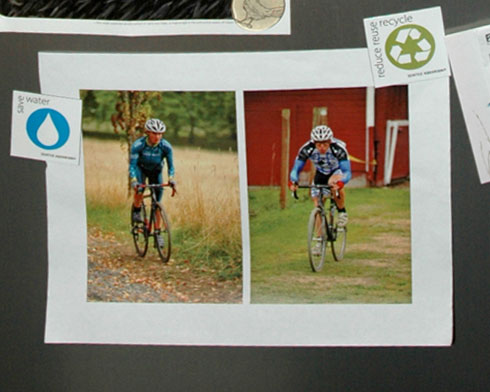

 We just heard that another one of our projects is going to be featured in Fine Homebuilding Magazine!
The
We just heard that another one of our projects is going to be featured in Fine Homebuilding Magazine!
The 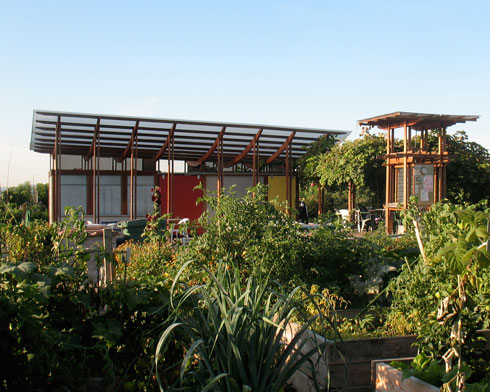 CAST has been involved in a number of  pro bono projects over the years, such as
CAST has been involved in a number of  pro bono projects over the years, such as 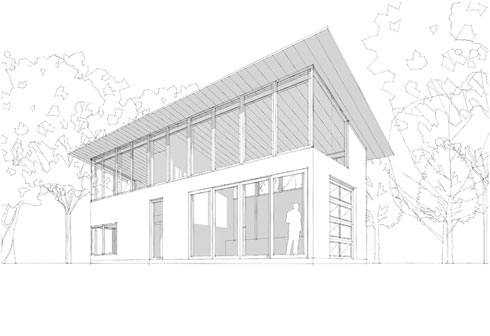
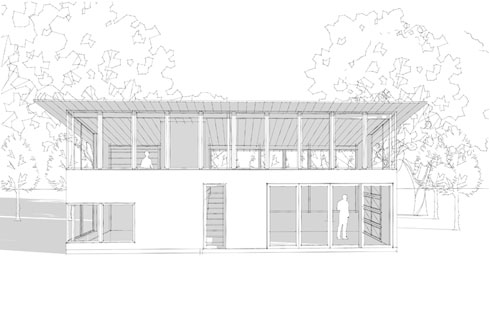

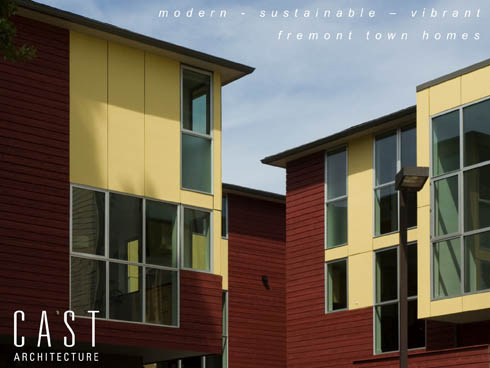
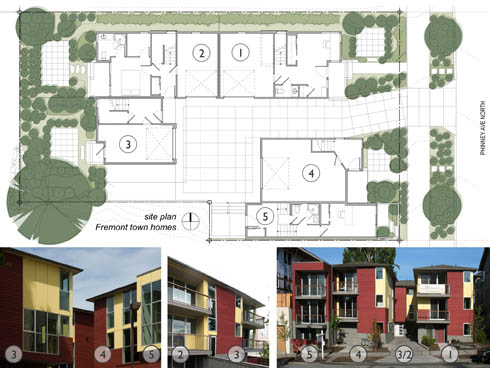
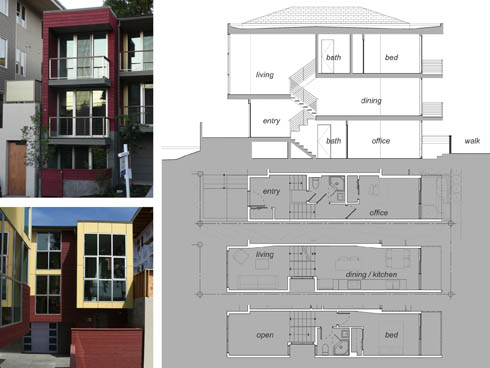







 In the last month, the City Council paid 3 groups to study the new MF code and flesh out some likely outcomes (good and bad) and propose revisions to the code. It is a complex issue--the code revision itself is about 277 pages--and no doubt the Council were daunted by the prospect of interpreting the impact. It took me two evenings just to get through the entire code and I am still not sure I've got a handle on all the ins and outs.
In the last month, the City Council paid 3 groups to study the new MF code and flesh out some likely outcomes (good and bad) and propose revisions to the code. It is a complex issue--the code revision itself is about 277 pages--and no doubt the Council were daunted by the prospect of interpreting the impact. It took me two evenings just to get through the entire code and I am still not sure I've got a handle on all the ins and outs.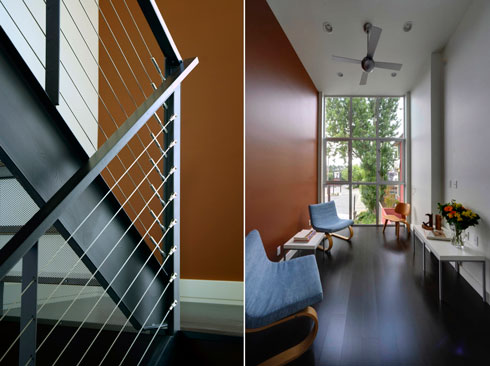 Cheers to Stefan for his excellent presentation at the NW Ecobuilding Guild's annual celebration of innovation in sustainability!
Cheers to Stefan for his excellent presentation at the NW Ecobuilding Guild's annual celebration of innovation in sustainability!